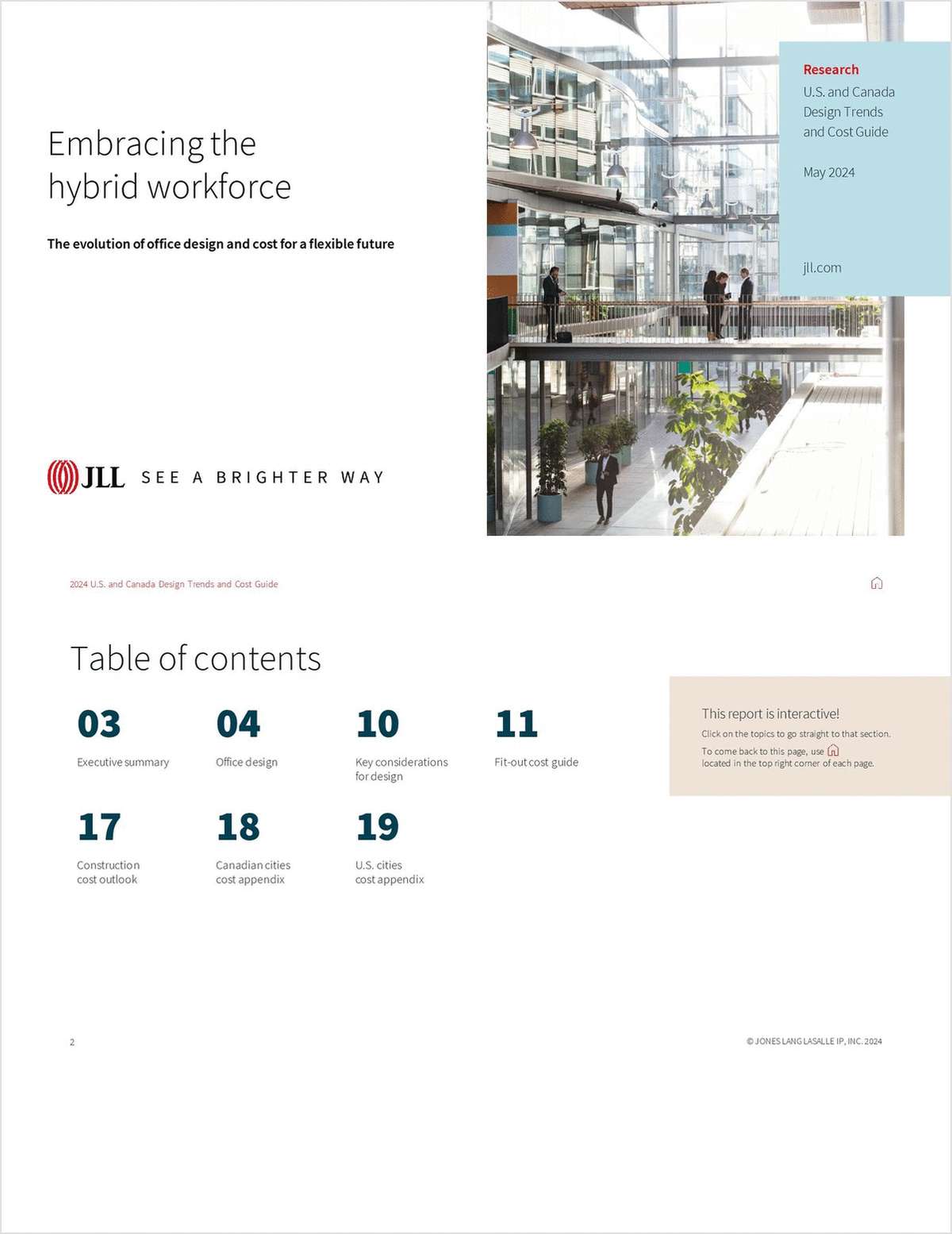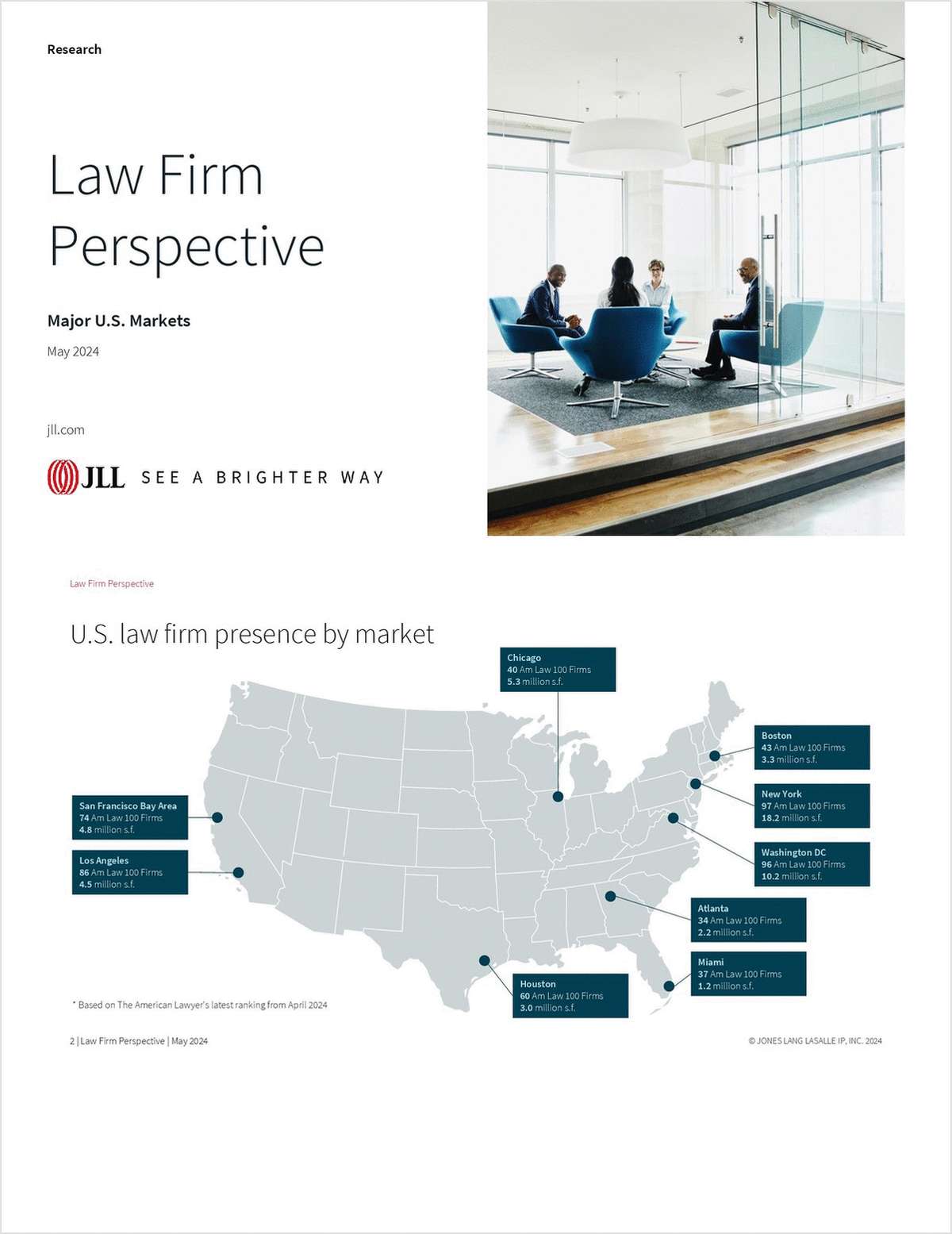Read This Before You Set Your 2018 Billing Rates
As firms lose associate hours to technology, they need to increase senior lawyer rates to maintain profitability. And it takes time.
September 29, 2017 at 06:08 PM
6 minute read
Setting the next year's billing rates follows a simple formula at most firms: last year's rate plus a common percentage increase across all lawyer cohorts. A more disaggregated approach is needed. Specifically, firms should set higher percentage increases for senior lawyers and lower increases for junior lawyers. Why? Because, over the next 10 years, hours leverage (i.e., the number of associate hours per partner hour) at elite law firms will decline as more of the lower value-added work is handled not by junior lawyers but by enhanced technologies, in-house counsel, and alternative service providers. To maintain profitability, the margin that was earned on the displaced junior lawyer time has to be recouped through higher margin on senior lawyer time. Failure to increase senior billing rates differentially, and thus to rebalance the source of margin from junior to senior lawyer time, will result in a calamitous decline in profitability. It can be avoided if firms start now to gradually change their billing rate structures.
Today's Billing Rate Structures
Law firm billing rates are perverse. Normally a business charges a higher markup on a higher value product—for example, jewelry sells for twice its cost while milk sells for a few percent above its cost. Not so in law: most firms charge out their junior associates at a higher markup of their cost than they do their senior associates. Table 1 shows the numbers: the billing rates are those for a typical elite firm and are translated to equivalent annual time charges assuming 1,800 billed hours per attorney; the associate base and bonus compensation follow last-year's Cravath scale. The “markup” is the number of times annual time charges exceed annual compensation. As the data show, the markup declines from about 4.5 times in the junior cohorts to 3.4 times in the senior cohorts, a sharp contrast and the opposite of the pattern one would expect.
 ALM
ALM
At first blush, this might not strike one as a cause for concern. After all, clients should care only about the total price they pay and law firms should care only about the total revenue they earn; neither should care about the composition of these by lawyer seniority. However, this changes if one looks ahead a decade. Over that timeframe, advances in technology and in the capabilities of in-house counsel and new-breed legal service providers will reduce the demand for junior lawyer time at elite firms. This will lower the number of associate hours per partner hour (i.e., the leverage) of a typical partner's practice.
The Profitability Consequences of Lower Leverage
The effects of the lower leverage on profitability are dictated by the margin structure across lawyers of different seniorities. This probably sounds like consultant gobbledygook; Table 2 should provide more insight. It lays out how the practice of a model partner generates profit. The partner bills 1,700 hours annually and deploys on her matters 1,600, 1,750, and 1,750 hours of senior (seventh year), mid (fourth year) and junior (first year) associate time, respectively. Thus, the partner's practice has leverage of 3 (i.e., three associate hours per partner hour), typical of a corporate partner at an elite firm. The billing rates are those from Table 1 and are translated to the equivalent margin per hour shown by subtracting the hourly equivalent of the associate's annual compensation. Multiplying the billed hours by margin per hour gives the margin generated per year by the lawyers of different seniorities; summing these gives the annual margin of the partner's practice, a healthy $4 million in the model shown. This amount goes to cover office and firm fixed costs, typically about $1 million per partner, with the remainder contributing to the partner profit pool.
 ALM
ALM
The reason to look at profitability in this way is to allow us to assess what happens if leverage declines. Table 3(a) presents this assessment. For illustrative purposes, it models a decline in associate hours deployed in our model partner's practice that reduces leverage from 3 to 2. Billing rates, and hence hourly margin, are unchanged. The margin generated by the partner's practice falls to $3.3 million, an 18 percent decline. The percentage hit to firm profit is sharper, about 23 percent, because there is no change in the office and firm costs that have to be subtracted from this margin to define the partner profit pool.
This content has been archived. It is available through our partners, LexisNexis® and Bloomberg Law.
To view this content, please continue to their sites.
Not a Lexis Subscriber?
Subscribe Now
Not a Bloomberg Law Subscriber?
Subscribe Now
NOT FOR REPRINT
© 2024 ALM Global, LLC, All Rights Reserved. Request academic re-use from www.copyright.com. All other uses, submit a request to [email protected]. For more information visit Asset & Logo Licensing.
You Might Like
View All

'Utterly Bewildering': GCs Struggle to Grasp Scattershot Nature of Law Firm Rate Hikes

Am Law 50's Runaway Rates Put Onus on Legal Departments to Stiffen Resistance
4 minute read
Senior Partners Approach $3,000 an Hour, As More Billing Rate Hikes Expected in 2025
5 minute readTrending Stories
- 1Call for Nominations: Elite Trial Lawyers 2025
- 2Senate Judiciary Dems Release Report on Supreme Court Ethics
- 3Senate Confirms Last 2 of Biden's California Judicial Nominees
- 4Morrison & Foerster Doles Out Year-End and Special Bonuses, Raises Base Compensation for Associates
- 5Tom Girardi to Surrender to Federal Authorities on Jan. 7
Who Got The Work
Michael G. Bongiorno, Andrew Scott Dulberg and Elizabeth E. Driscoll from Wilmer Cutler Pickering Hale and Dorr have stepped in to represent Symbotic Inc., an A.I.-enabled technology platform that focuses on increasing supply chain efficiency, and other defendants in a pending shareholder derivative lawsuit. The case, filed Oct. 2 in Massachusetts District Court by the Brown Law Firm on behalf of Stephen Austen, accuses certain officers and directors of misleading investors in regard to Symbotic's potential for margin growth by failing to disclose that the company was not equipped to timely deploy its systems or manage expenses through project delays. The case, assigned to U.S. District Judge Nathaniel M. Gorton, is 1:24-cv-12522, Austen v. Cohen et al.
Who Got The Work
Edmund Polubinski and Marie Killmond of Davis Polk & Wardwell have entered appearances for data platform software development company MongoDB and other defendants in a pending shareholder derivative lawsuit. The action, filed Oct. 7 in New York Southern District Court by the Brown Law Firm, accuses the company's directors and/or officers of falsely expressing confidence in the company’s restructuring of its sales incentive plan and downplaying the severity of decreases in its upfront commitments. The case is 1:24-cv-07594, Roy v. Ittycheria et al.
Who Got The Work
Amy O. Bruchs and Kurt F. Ellison of Michael Best & Friedrich have entered appearances for Epic Systems Corp. in a pending employment discrimination lawsuit. The suit was filed Sept. 7 in Wisconsin Western District Court by Levine Eisberner LLC and Siri & Glimstad on behalf of a project manager who claims that he was wrongfully terminated after applying for a religious exemption to the defendant's COVID-19 vaccine mandate. The case, assigned to U.S. Magistrate Judge Anita Marie Boor, is 3:24-cv-00630, Secker, Nathan v. Epic Systems Corporation.
Who Got The Work
David X. Sullivan, Thomas J. Finn and Gregory A. Hall from McCarter & English have entered appearances for Sunrun Installation Services in a pending civil rights lawsuit. The complaint was filed Sept. 4 in Connecticut District Court by attorney Robert M. Berke on behalf of former employee George Edward Steins, who was arrested and charged with employing an unregistered home improvement salesperson. The complaint alleges that had Sunrun informed the Connecticut Department of Consumer Protection that the plaintiff's employment had ended in 2017 and that he no longer held Sunrun's home improvement contractor license, he would not have been hit with charges, which were dismissed in May 2024. The case, assigned to U.S. District Judge Jeffrey A. Meyer, is 3:24-cv-01423, Steins v. Sunrun, Inc. et al.
Who Got The Work
Greenberg Traurig shareholder Joshua L. Raskin has entered an appearance for boohoo.com UK Ltd. in a pending patent infringement lawsuit. The suit, filed Sept. 3 in Texas Eastern District Court by Rozier Hardt McDonough on behalf of Alto Dynamics, asserts five patents related to an online shopping platform. The case, assigned to U.S. District Judge Rodney Gilstrap, is 2:24-cv-00719, Alto Dynamics, LLC v. boohoo.com UK Limited.
Featured Firms
Law Offices of Gary Martin Hays & Associates, P.C.
(470) 294-1674
Law Offices of Mark E. Salomone
(857) 444-6468
Smith & Hassler
(713) 739-1250










